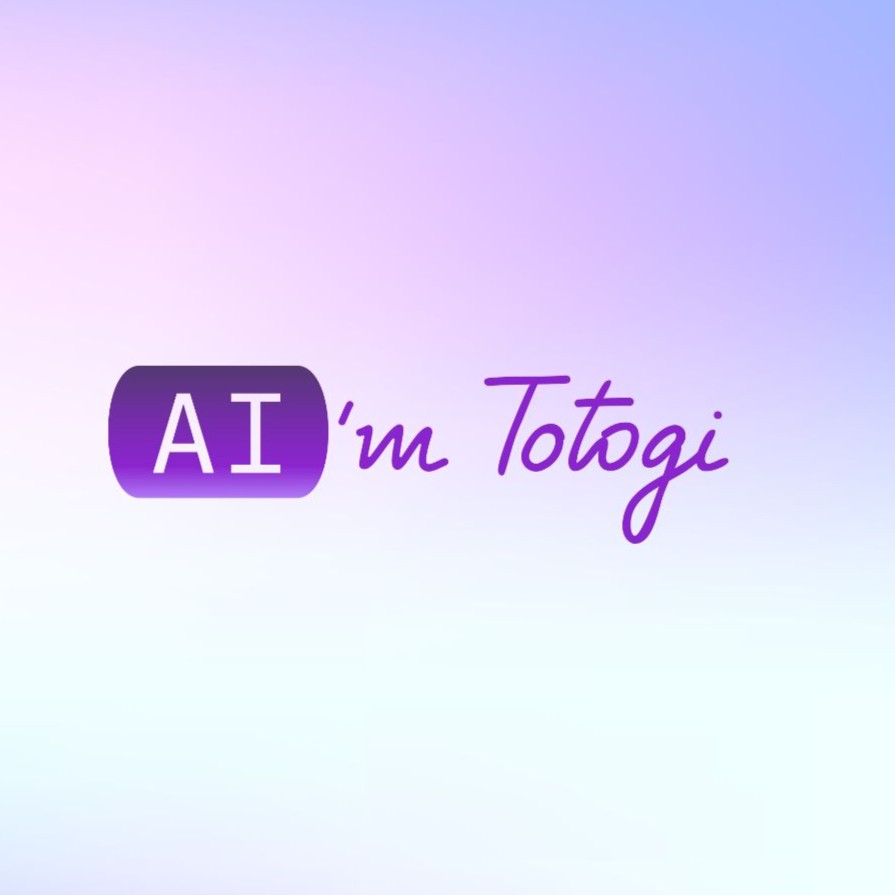The telecom industry is no stranger to drawn-out integration projects, especially when it comes to adopting standards like TM Forum’s Open APIs. But what if a multi-year API compliance effort could be slashed to just a few weeks? That’s exactly what happened when CloudSense – a telecom-focused CPQ vendor – used Totogi’s BSS Magic to certify its entire set of its APIs to TM Forum standards in only 1 month, instead of the 26 months initially estimated. The CloudSense story is impressive, but it’s not a one-off. It underscores a broader point: telcos can regain control of their BSS interoperability strategy by using an AI-powered overlay on top of any vendor, any BSS system, and any environment — without waiting on custom integrations or vendor roadmaps. This dramatic acceleration, powered by AI and a telco-specific ontology, showcases how BSS Magic automates the conformance process and eliminates the development headaches that typically bogs down integration projects. In this post, we’ll unpack why TM Forum Open API compliance is critical, what makes it such a challenging process when using traditional approaches, and how BSS Magic changes the game.
Open APIs: the new mandate for telco BSS
Supporting TM Forum Open APIs has shifted from a nice-to-have to a non-negotiable requirement for telco vendors. Roughly 60% of carrier RFPs now mandate compliance with TM Forum’s REST-based Open APIs. As Oracle notes, Open API conformance is “in almost all RFPs these days. It’s becoming table stakes in the service provider community”. The reason is clear: TM Forum’s suite of 50+ standardized APIs promises plug-and-play integration across BSS/OSS systems, enabling “zero-touch interoperability” among diverse solutions, services and partners. Over 178 leading CSPs and tech vendors have signed TM Forum’s Open API Manifesto to endorse these standards, and 33 major carriers publicly agreed to prefer compliant solutions in procurement. In short, telcos want the agility of an open, composable architecture – and they’re pressing their vendors to get on board.
However, adoption of Open APIs has been slower than the demand. A TM Forum survey revealed that operators’ use of Open APIs is far ahead of what software vendors natively support – CSPs reported an Open API maturity level 26% higher than vendors’. In practice, this means many telcos have had to take a DIY approach, wrapping legacy vendor APIs with their own Open API layers to fill the gap. As Dr. Lester Thomas, Vodafone’s Chief IT Architect, put it, most of their Open API implementations involved “wrapping [our] product vendors’ legacy APIs” while waiting for vendors to catch up. The intent from vendors is there, but their progress is “relatively low maturity,” which forces CSPs to take matters into their own hands to achieve interoperability.
The industry’s direction is unmistakable – open APIs are the future – yet getting there via traditional methods has been painfully slow.
Why traditional API compliance takes so long
If Open APIs are so important, why did CloudSense figure it would take two-plus years to certify 13 APIs? Simply put, achieving TM Forum API compliance through conventional development is complex, tedious, and resource-intensive. Common barriers include:
- Multi-year manual projects: Aligning a product’s interfaces to TM Forum specifications typically means re-coding each API endpoint, mapping fields to the standard, and writing extensive integration logic. It’s not uncommon for such efforts to stretch over months or years of engineering work. CloudSense’s original 26-month estimate for 13 APIs is telling – that’s the kind of timeline many telcos expect when doing it the old way.
- Proprietary data models & vendor lock-In: Most BSS vendors have their own proprietary data schemas and API quirks. Converting those to a TMF-compliant model is a painstaking exercise. Vendors often prefer you stay within their ecosystem, so native Open API support isn’t a priority. This lack of out-of-the-box interoperability locks in telcos, who then must fund custom integrations or wait for vendor roadmaps.
- Siloed, fragmented systems: A typical telco BSS stack includes hundreds of systems (billing, CRM, CPQ, ordering, etc.) that were never designed for seamless integration. Making them speak a common API language traditionally involves building middleware or point-to-point mappings for each connection – a fragile web of code that’s costly to maintain.
- Heavy testing and maintenance: Even after coding to the spec, subtle differences in interpretation can cause misalignments. Teams spend ages on integration testing to ensure that, say, the “ProductOrder” API in one system truly interfaces correctly with another’s data model. Any future version updates mean re-testing or re-coding, further adding to the time and expense.
In short, the traditional path to TMF Open API compliance is paved with manual mapping, custom coding, endless testing, and waiting on vendors – a recipe for long timelines and high costs. It’s no surprise that many telcos have only partially implemented these standards, or rely on system integrators to do so at a snail’s pace. This is exactly the quagmire Totogi set out to eliminate with a radically different approach.
The CloudSense story– 26 months vs. 1 month with BSS Magic
CloudSense’s recent API project is a perfect example. CloudSense needed to certify 13 APIs in its Configure-Price-Quote suite to TM Forum’s Open API conformance. Using traditional methods, they estimated a 26-month slog of development and certification work. Once becoming a TelcoDR company, they partnered with Totogi and accomplished the entire certification in just one month. The secret was Totogi’s BSS Magic platform, which leveraged its AI-driven Telco Ontology to automate every step of the compliance process.
In those four weeks, BSS Magic (with minimal human intervention) handled tasks that would have otherwise consumed countless developer hours. It generated all the necessary code, interpreted TM Forum’s documentation, mapped CloudSense’s endpoints to the standard definitions, and even ran the required tests in real time. Multiple API versions were certified in parallel without sacrificing quality or requiring any manual handoffs. Essentially, the heavy lifting that normally falls on a team of engineers was offloaded to an AI-powered agent. The result was not only speed, but confidence: CloudSense certified all of its 13 APIs, thus achieving Gold-tier TMF API – a level of compliance that puts it among an elite group of telco software providers.
We’ve all done this the old way – building and certifying Open APIs one by one, with months of manual work. Now we can certify APIs to TM Forum standards for any vendor, in a fraction of the time – using AI. BSS Magic slashed timelines, skipped the overhead, and proved that you don’t need an army of coders to get it done.
Danielle Rios, acting CEO of Totogi.
This real-world example shows what’s possible when AI enters the equation. By July 2025, CloudSense announced it had fully certified its CPQ product’s APIs to TM Forum standards in record time, positioning itself to meet operators’ Open API requirements and integrate more easily into carrier environments. Just as importantly, with standardized APIs now in place, CloudSense has laid the groundwork to infuse AI into its workflows – for example, enabling AI agents to perform sales and quote tasks across systems using those open APIs. In other words, BSS Magic didn’t just check a compliance box; it opened the door for CloudSense (and its telco customers) to innovate faster.
What BSS Magic can do — For any telco, any stack
- Certify TM Forum Open APIs across any vendor platform
- Automate mappings between legacy/proprietary APIs and TMF standards
- Work across CRM, billing, CPQ, ordering, product catalog, and more
- Eliminate need for custom development or vendor roadmaps
- Compress years of integration into weeks — powered by AI
How BSS Magic automates open API compliance
Totogi’s BSS Magic is not a traditional middleware or an army of outsourced developers – it’s an AI-driven platform built on a Telco Ontology. At its core, BSS Magic employs a fleet of specialized AI agents (think of them as digital colleagues, each with a role) guided by a rich ontology of telecom knowledge. This Telco Ontology essentially understands telco concepts and their relationships, very much aligned with TM Forum’s SID (Shared Information Data) model and eTOM. It’s like having a built-in dictionary and rulebook for how telco data should look and interact. Because the ontology leverages and extends TM Forum’s own standards, BSS Magic speaks the “native language” of TMF Open APIs out of the box.
With this foundation, BSS Magic layers on top of any system—Ericsson, Amdocs, you name it—acting as a universal translator. Its AI agents instantly map “customer” in one app to “subscriber” in another, then auto-build the adapters and TMF-compliant façade. No hand-coded JSON, no field-by-field mapping—just plug in and go.
It doesn’t stop at stub endpoints. In the CloudSense project, the agents read the TMF spec, matched every CloudSense call, then generated the code and tests to certify conformance—turning months of manual work into an automated sprint. Connect once, and the platform delivers a standards-perfect API across your stack—no vendor delays, no integration drama.
Because the agents run at AI speed, they test multiple API versions in parallel, flag anomalies, and fine-tune mappings on the fly. The built-in telco ontology means they already understand industry data structures, so they deliver clean results with minimal human oversight—something generic automation tools simply can’t match.
Taking control of your BSS stack
The CloudSense story is impressive, but it’s not a one-off. It underscores a broader point: telcos can regain control of their BSS interoperability strategy by using an AI-powered overlay platform like BSS Magic. Instead of waiting years for each BSS vendor to support Open APIs or paying through the nose for custom integrations, operators can use BSS Magic to rapidly implement a TMF-compliant layer across all their systems. As Totogi’s press release put it, if 26 months of work can be compressed into 4 weeks for CloudSense, imagine applying that across your entire BSS estate. BSS Magic empowers a carrier’s IT team to build out support for TM Forum Open APIs across every application they have – billing, CRM, ordering, product catalog, you name it – without needing the vendors to lift a finger. It flips the script: the operator sets the integration agenda, not the vendor.
A new era of fast, standardized integration
Totogi’s BSS Magic showcases a bold vision for telecom IT: what if integrating systems and adopting open standards was fast, painless, and done on your terms? The CloudSense project demonstrates that this isn’t a pipe dream – it’s here now. In a matter of weeks, an AI-driven platform achieved what was previously slated for years of development. And it did so while maintaining full compliance and quality, earning CloudSense a top-tier TM Forum certification. For business, operations, and product leaders in telco, the implications are huge. It means faster time-to-market for new services, lower integration costs, and the agility to plug into an ecosystem of partners through standard APIs. It also means that technical debt and vendor inertia are no longer insurmountable hurdles – an operator with the will to modernize can do so with AI at their side, rather than brute-forcing through armies of coders.
CloudSense was the first. But Totogi’s BSS Magic can do this for any telco, across any vendor stack.
If 26 months became 4 weeks for one product line, imagine what’s possible across your entire BSS.





